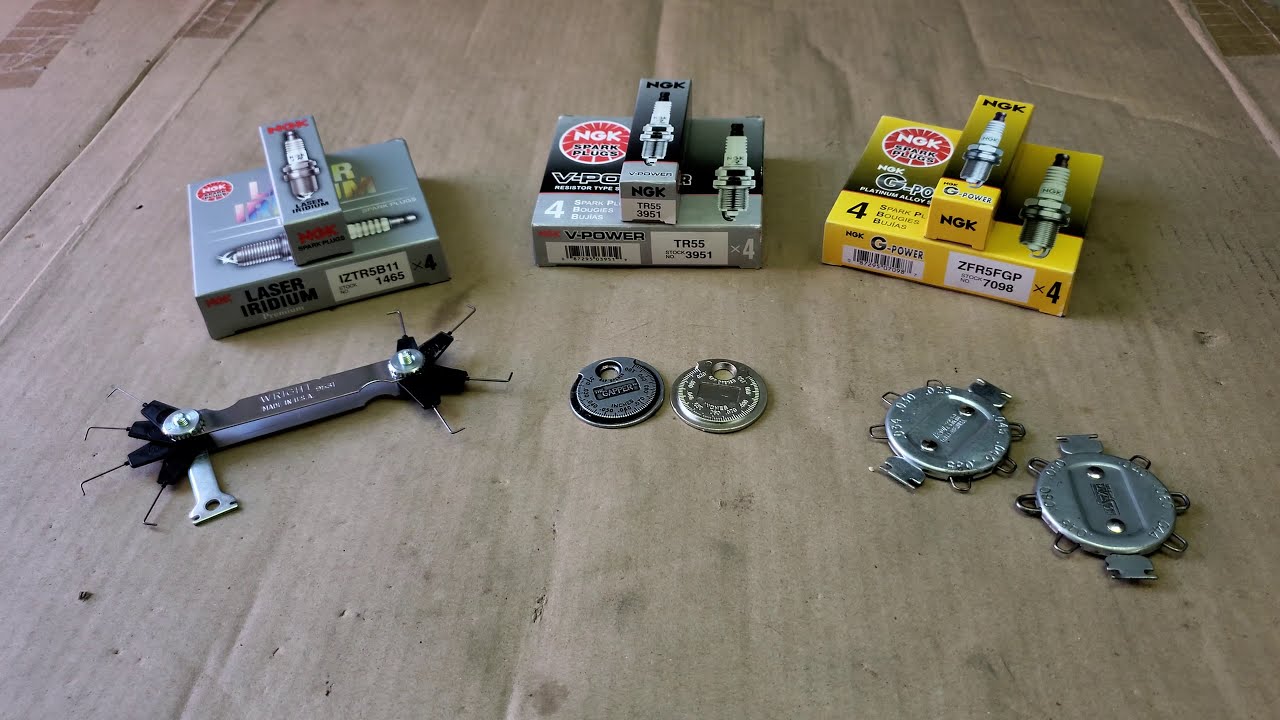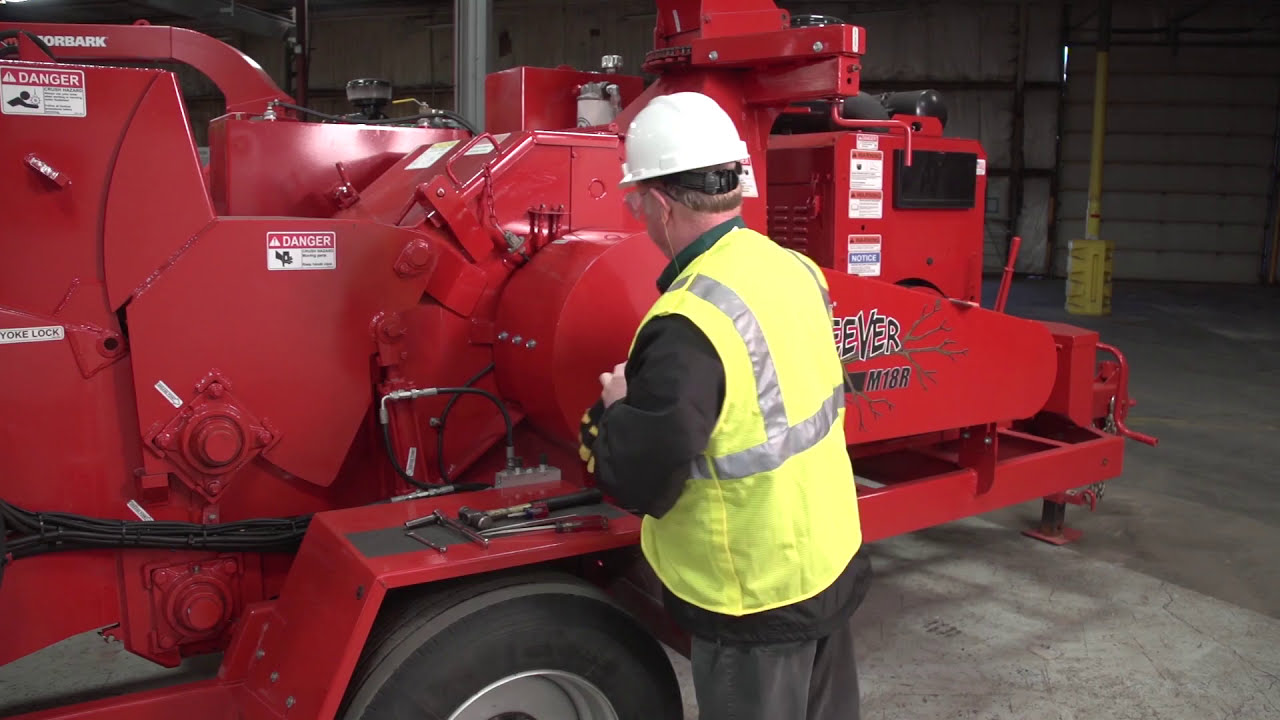Removing Car Wrap Adhesive The Ultimate Guide
If you're a car owner or a car enthusiast, then you probably know the benefits of installing car wraps. They not only protect your car's paint from scratches and UV rays but also give it a unique and eye-catching appearance. However, when it comes to removing car wraps, things can get a bit tricky. The adhesive used to stick these wraps can be quite stubborn, making it challenging to remove without causing any damage to the vehicle's surface. This is where car wrap adhesive removers come in. In this article, we'll delve into everything you need to know about these products, from their types and uses to FAQs and tips for using them effectively.
Types of Car Wrap Adhesive Removers
There are two main types of car wrap adhesive removers: solvent-based and water-based. Solvent-based removers usually contain aggressive chemical compounds that break down the adhesive, making it easier to remove. These removers are generally more effective and faster acting but may cause damage to some surfaces, such as painted plastic or rubber seals. On the other hand, water-based removers are gentler and more environmentally friendly, but they may take longer to dissolve the adhesive.
Solvent-Based Adhesive Removers

Solvent-based adhesive removers come in various forms, including sprays, gels, and wipes. Here are some popular types of solvent-based removers:
1. Acetone
Acetone is a powerful solvent commonly used to remove adhesives from cars. It is highly effective and affordable, making it a popular choice among car owners. However, it can be too harsh on certain surfaces, so it's essential to spot test it before using it on your car.
2. Citrus-Based Removers
These removers use natural citrus oils to dissolve adhesives. They are less harsh than acetone and are safe to use on most car surfaces. However, they may take longer to work, and multiple applications may be required for stubborn adhesives.
3. Petroleum-Based Removers
Petroleum-based removers contain hydrocarbon solvents that effectively dissolve adhesive residues. They are relatively safe to use on car surfaces but may leave a greasy film that can be challenging to remove.
Water-Based Adhesive Removers

Water-based adhesive removers are milder and less aggressive than solvent-based ones. They come in the form of sprays, gels, or aerosols. Here are some common types of water-based removers:
1. Alcohol-Based Removers
These removers use isopropyl alcohol to break down adhesives. They are gentle and safe to use on all car surfaces, but they may take longer to work and require multiple applications.
2. Soapy Water
Soapy water is a natural and inexpensive way to remove adhesive residue from your car. Simply mix dish soap with warm water and scrub the affected area using a soft cloth or sponge. While it's not as effective as other adhesive removers, it is safe to use and can be used as a first step before trying other methods.
3. Vegetable Oil
Vegetable oil can also be used to remove adhesive residue from cars. Simply apply a few drops to the affected area and rub gently to loosen the adhesive. Then, wash the area with soapy water. This method is gentle and safe to use on all surfaces, but it may take several tries to completely remove the adhesive.
How to Use Car Wrap Adhesive Removers

Now that you know the different types of adhesive removers, here are some tips for using them effectively:
1. Read the Instructions
Before using any adhesive remover, make sure to read the instructions carefully. Different products may have different instructions, and following them correctly can make a significant difference in the effectiveness of the product.
2. Protect Your Hands
Some adhesive removers can be harsh on the skin, so it's essential to wear rubber gloves when using them. This will protect your hands from any irritation or dryness caused by the chemicals.
3. Spot Test
Before applying the adhesive remover to your car's surface, it's crucial to spot test it on a small, inconspicuous area first. This will ensure that the product does not cause any damage or discoloration to your car's paint.
4. Apply Liberally
To effectively remove the adhesive, apply the remover liberally on the affected area. If you're using a spray, make sure to cover the entire surface. For gels or wipes, leave the product on for a few minutes before wiping it off.
5. Scrub Gently
For stubborn adhesives, you may need to use a soft-bristled brush or sponge to scrub gently. Avoid using abrasive materials that can scratch or damage your car's surface.
6. Rinse with Water
Once the adhesive has been removed, rinse the area thoroughly with water to get rid of any residue. Then, dry the area with a clean towel.
FAQs about Car Wrap Adhesive Removers
Q: Are all adhesive removers safe to use on cars?
A: No, some adhesive removers may be too harsh and can damage certain car surfaces. It's crucial to spot test the product before using it on your car.
Q: Can I use regular household products to remove car wrap adhesives?
A: While some household products like dish soap or vegetable oil may work to remove adhesive residue, they are not as effective as specialized adhesive removers.
Q: How long does it take for an adhesive remover to work?
A: The time it takes for an adhesive remover to work depends on the product and the type of adhesive. Some may work in a few minutes, while others may take longer or require multiple applications.
Q: Can I use a heat gun to remove car wrap adhesives?
A: While heat can help loosen adhesive, it's essential to be cautious when using a heat gun. Too much heat can damage your car's surface, so it's best to use it sparingly and at a safe distance.
Q: Can adhesive removers be used on vinyl wraps?
A: It's best to check the product label to see if it's safe to use on vinyl wraps. Some adhesive removers may damage the wrap's finish, so it's crucial to choose a product specifically designed for use on vinyl.
Conclusion
Removing car wrap adhesives can be a challenging task, but with the right adhesive remover, it can be done effectively and efficiently. Whether you prefer a solvent-based or water-based remover, make sure to follow the instructions carefully and spot test before using it on your car. With the tips and information provided in this guide, you can now confidently remove car wrap adhesives without worrying about causing any damage to your vehicle.



